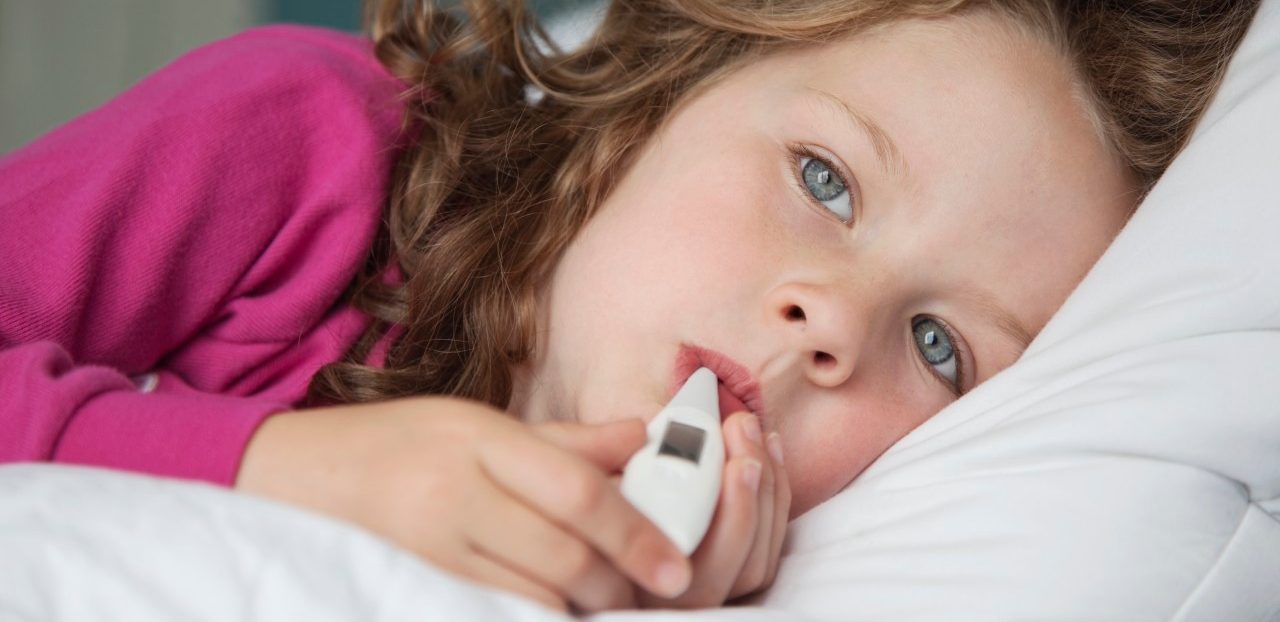What Is Scarlet Fever?

To protect your family, learn what scarlet fever is and the symptoms of scarlet fever. Scarlet fever is contagious and, untreated, can cause serious problems.
If your child has a sore throat, a fever, and a rash, the odds are the illness is scarlet fever. You may know what scarlet fever is — a common disease of childhood — but it’s not always a minor, complication-free illness. In fact, it can have serious complications if not treated.
To diagnose scarlet fever, a doctor or nurse performs a throat swap to look for evidence of infection — specifically, infection with group A streptococcus. This type of bacteria causes several kinds of infections, including skin infections and the strep throat associated with scarlet fever.
If your child is diagnosed with a strep infection, you may question what is scarlet fever and how can a sore throat relate to a rash?
YOU MIGHT ALSO LIKE: When to Take Your Child to the ER
Although not all strep throats result in scarlet fever, some do. A toxin produced by certain strep bacteria causes the tell-tale scarlet red rash of scarlet fever and other symptoms.
Scarlet fever usually affects kids between the ages of 5 and 15, but it can also infect younger children and adults. And you can have the illness more than once.
While it’s often a mild infection that doesn’t cause lasting problems, that’s not always the case if scarlet fever is not treated with antibiotics promptly, the Centers for Disease Control and Prevention (CDC) points out. So, it’s important to recognize the symptoms of scarlet fever and contact a doctor if your child, or anyone else in your family, has signs of the infection.
Symptoms of scarlet fever
The symptoms of scarlet fever typically start with a very red sore throat, a headache, and a high fever — 101 to 104 degrees Fahrenheit (38.2 to 40 degrees Celsius), according to the American Academy of Pediatrics.
Within about 24 hours, a slightly red and rough-as-sandpaper rash emerges on the arms, legs, and trunk. Your child may also experience a red face and a pale area around his or her mouth.
Although the red rash that marks scarlet fever will disappear in three to five days, skin peels in areas where the rash was most intense, including the toes, fingers, neck, underarms, and groin.
Additional symptoms of scarlet fever may include:
- Bright red skin in the creases of the underarm, elbow, and groin
- A whitish coating on the tongue
- A “strawberry” (red and bumpy) tongue
- Swollen glands in the neck
- Body aches
- Nausea or vomiting
- Abdominal pain
Scarlet fever treatment
Antibiotics prescribed to fight the infection can help your child feel better, usually quickly. The medication can also prevent long-term health problems. If the infection is not treated, scarlet fever can result in swollen neck glands, pus around the tonsils, and ear and sinus infections.
There are more serious complications, too — including rheumatic fever, which can cause joint pain and swelling and heart damage — if the strep infection isn’t treated with antibiotics. Although it’s a rare complication, untreated strep bacteria in the throat can lead to glomerulonephritis (inflammation of the kidneys), resulting in bloody urine and high blood pressure, the American Academy of Pediatrics points out.
Is scarlet fever contagious?
Scarlet fever isn’t highly contagious, but you can catch it from infected people.
So how do you get scarlet fever? The CDC explains strep bacteria can live in a person’s nose and throat and be spread in much the same way cold germs travel — through contact with droplets from an infected person’s cough or sneezes.
If you touch your mouth, nose, or eyes after touching something with strep contaminated droplets on it, you may get scarlet fever. You can also catch the infection by drinking out of a glass or eating from a plate of an infected person used.
There is no scarlet fever vaccine to protect from the disease. But because scarlet fever is contagious and how you catch scarlet fever is known, it makes sense to take the same kind of measures you would take to avoid colds or other respiratory infections. For example, wash your hands often and avoid close contact with anyone who has scarlet fever and may be contagious.
Updated:
March 27, 2020
Reviewed By:
Janet O’Dell, RN